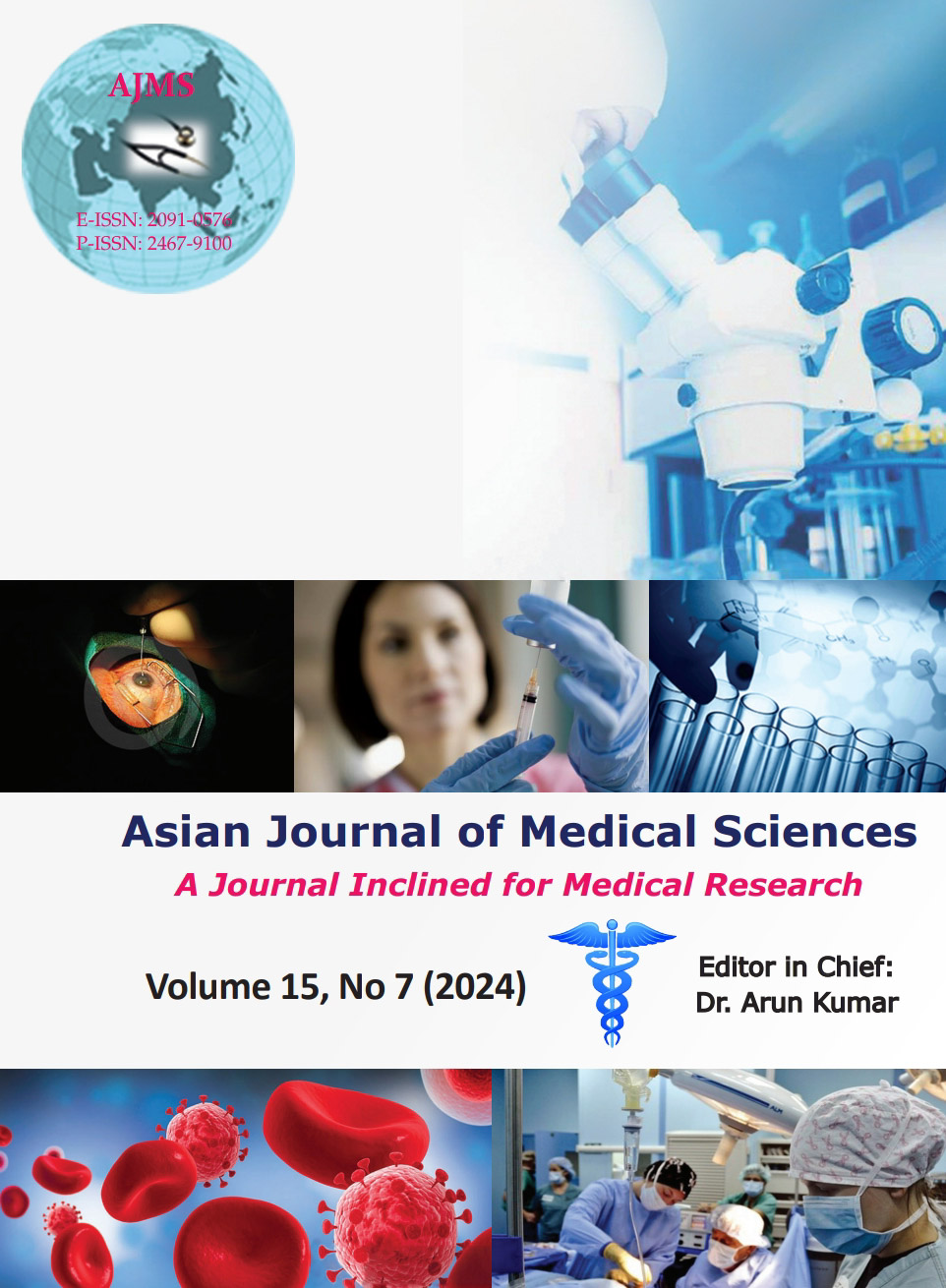Comparison between ultrasonography and capnography for ascertaining placement of endotracheal tube in patients undergoing general anesthesia – A prospective observational study
Keywords:
Intubation; Capnography; Ultrasonography; Endotracheal tubeAbstract
Background: Confirmation of the position of the endotracheal tube (ETT) is an essential step for verification of intubation. Failure to diagnose esophageal intubation may lead to fatal consequences. Capnography is the gold standard for confirmation of ETT position, but it is practically impossible to be performed in all situations. Ultrasonography (USG) or “visual stethoscope” can be used as an effective alternative for all intubators in all situations.
Aims and Objectives: The study was conducted to evaluate the ultrasonography (USG) technique with respect to its efficacy to detect the proper endotracheal position of ETT compared to end-tidal capnography among patients undergoing general anesthesia; to compare the time taken by the USG technique with that of capnography for detection of proper placement of ETT; to assess the feasibility of USG to detect accidental esophageal intubation.
Materials and Methods: This prospective comparative cross-sectional observational study was conducted on 68 patients. Both capnography and upper airway USG were performed immediately after intubation to confirm the ETT placement. Sensitivity, specificity, and positive and negative predictive values of upper airway USG were determined against capnography as the reference method. The time required to determine ETT placement by the two methods was found out and compared. Agreement between the methods was assessed with kappa statistics.
Results: USG detected all three cases of esophageal intubation but could not detect two patients with correct tracheal intubation. Upper airway USG had a sensitivity of 96.92% (95% confidence interval [CI]: 93.54–100%), specificity of 100%, positive predictive value of 100%, and negative predictive value of 60% (95% CI: 50.4–69.6%). The Kappa value was found to be 0.735, indicating a good agreement between upper airway USG and capnography for confirmation of ETT placement. Time taken for confirmation of ETT by capnography was 21.68±2.63 s versus 11.44±1.38 s for upper airway USG (P<0.001). USG demonstrated bilateral lung sliding in 60 (88.2%) patients, unilateral lung sliding in 3 (4.4%) patients, and lung sliding was absent in 5 (7.4%) patients.
Conclusion: Real-time upper airway USG is an alternative method of confirmation of ETT that is not only sensitive and accurate but is faster than the current gold standard method, capnography.
Downloads
Downloads
Published
How to Cite
Issue
Section
License
Copyright (c) 2024 Asian Journal of Medical Sciences

This work is licensed under a Creative Commons Attribution-NonCommercial 4.0 International License.
Authors who publish with this journal agree to the following terms:
- The journal holds copyright and publishes the work under a Creative Commons CC-BY-NC license that permits use, distribution and reprduction in any medium, provided the original work is properly cited and is not used for commercial purposes. The journal should be recognised as the original publisher of this work.
- Authors are able to enter into separate, additional contractual arrangements for the non-exclusive distribution of the journal's published version of the work (e.g., post it to an institutional repository or publish it in a book), with an acknowledgement of its initial publication in this journal.
- Authors are permitted and encouraged to post their work online (e.g., in institutional repositories or on their website) prior to and during the submission process, as it can lead to productive exchanges, as well as earlier and greater citation of published work (See The Effect of Open Access).




